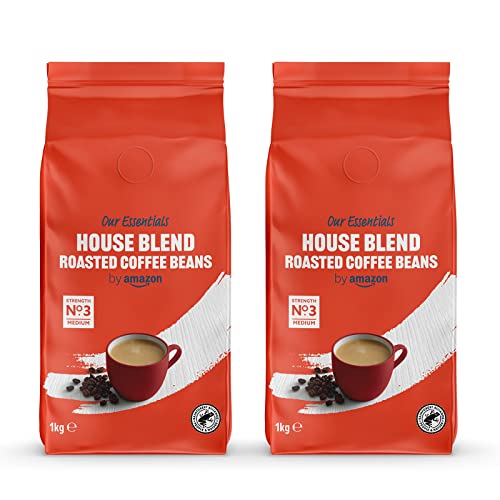Where to Buy Coffee Beans
If you're in love with whole beans the best place to purchase them is at your local coffee shop or roaster. If you're not close to a roaster, search online for companies that roast and ship your order.
The origin of your coffee beans will influence the flavor.
Arabica vs. coffee beans bulk
There are more than 100 coffee species. The two most commonly used are Coffea arabica (Robusta) and Coffea Canephora. Robusta is more resistant to drought, pests and diseases. It can be grown at lower elevations and produces more coffee cherries each year. It is also cheaper than arabica to grow.
Robusta accounts for 40 percent of all coffee that is produced around the world. While it's true that a subpar batch of robusta can taste like burnt rubber, a high-quality coffee made with specialty beans can be able to rival Arabica in taste. The problem is that, with only a few exceptions, the majority of robusta on the market is sourced from plantations that only care about quantity.
The high caffeine content of the beans makes them resistant to diseases and pests. This is why they are the most popular option in traditional diner coffees and instant coffees. Even though some companies advertise their product as 100% arabica, they will often mix it with a type of robusta to save money, and provide their customers with a subpar cup of coffee. Robusta coffee can be harsher, more bitter and grainier than arabica. It also has a nutty or peanut flavor. These flavors may be unpleasant for some or too strong for others.
Origin
Coffee beans are actually seeds that grow in small, bright fruits called coffee berries. The berries are removed from the coffee plant when ripe and then split into two beans. The beans are roasted and then used to create our favorite beverage.
The most popular variety of beans are Arabica They are well-known for their smooth taste that doesn't have any bitterness. These beans are also known for their complexity and offer an array of flavors. The primary regions of cultivation for these beans are Africa, Central America and South America, where the conditions for the production of high-quality coffee are optimal.
These beans are more expensive than Robusta because their growth requires more attention. In order for the flavor profile to develop, they require specific temperatures and a sufficient amount of rainfall. The top coffee beans in the entire world are made from Africa. A lot of farms are family-owned and operated on a small scale.
When purchasing coffee, it is essential to consider whether the coffee is single origin or not. "Single origin" can mean a variety of things, but most commonly it means that the coffee comes from a single farm, crop or region within a particular country. Third wave coffee is great because you can taste it in the most pure form knowing where it originated from.
Grind

The quality of the coffee you drink can be affected by the method of preparation. You can discover the perfect blend of coffee by playing around with different grind sizes and brewing methods.
The size of the grind plays an important role in how the soluble coffee components are extracted from the ground during making, and this affects the taste of your coffee. If the grind is too fine, water isn't able to penetrate the grounds to get the coffee solids that are soluble out. This is referred to as under extraction, and could result in weak coffee. If the grind isn't fine the water will flow through the coffee grounds faster and experience an over extraction. This can lead to bitterness.
You can purchase pre-ground coffee but it is better to purchase whole beans and then grind them yourself before brewing. This will keep your beans fresher and longer than if they were already ground.
The burr grinding machine is ideal to ensure a consistent grinding however, you can make use of a food processor hand grinder, or mortar-and-pestle. Burr grinders feature two cutting discs, which break the beans into a certain grind consistency by altering the distance between the burrs. A smaller gap results in a finer grinding, while an increased gap produces an even coarser grinding.
Storage
Coffee beans can degrade at an astonishing rate once they've been opened, so it's best to keep the bag tightly shut and grind only the amount you'll need to make the next brew. You may also want to look into purchasing a resealable coffee canister, which will eliminate air and allow CO2 off-gassing that happens when the beans are first ground to be released.
Whole bean coffee will remain in its best condition for up to a month if kept in a proper storage. Once ground the quality of your coffee could begin to decline in less than 30 minutes. It's best to only use the amount of coffee you'll need, and keep the rest in an opaque airtight container.
There is a huge variety of attractive, easy-to-use coffee storage containers. Some are vacuum-sealed to keep moisture from entering. Others have a one-way valve that will release the gasses produced by freshly roasted coffee, which will prolong the beans' freshness.
The ideal place to store your empty coffee is in a dark, cool space that is at a constant temperature. Avoid keeping your coffee near your stove or the oven as heat can accelerate chemical reactions that weaken the coffee. Be sure to keep the beans out of direct sunlight can cause the coffee to absorb and lose flavor.
